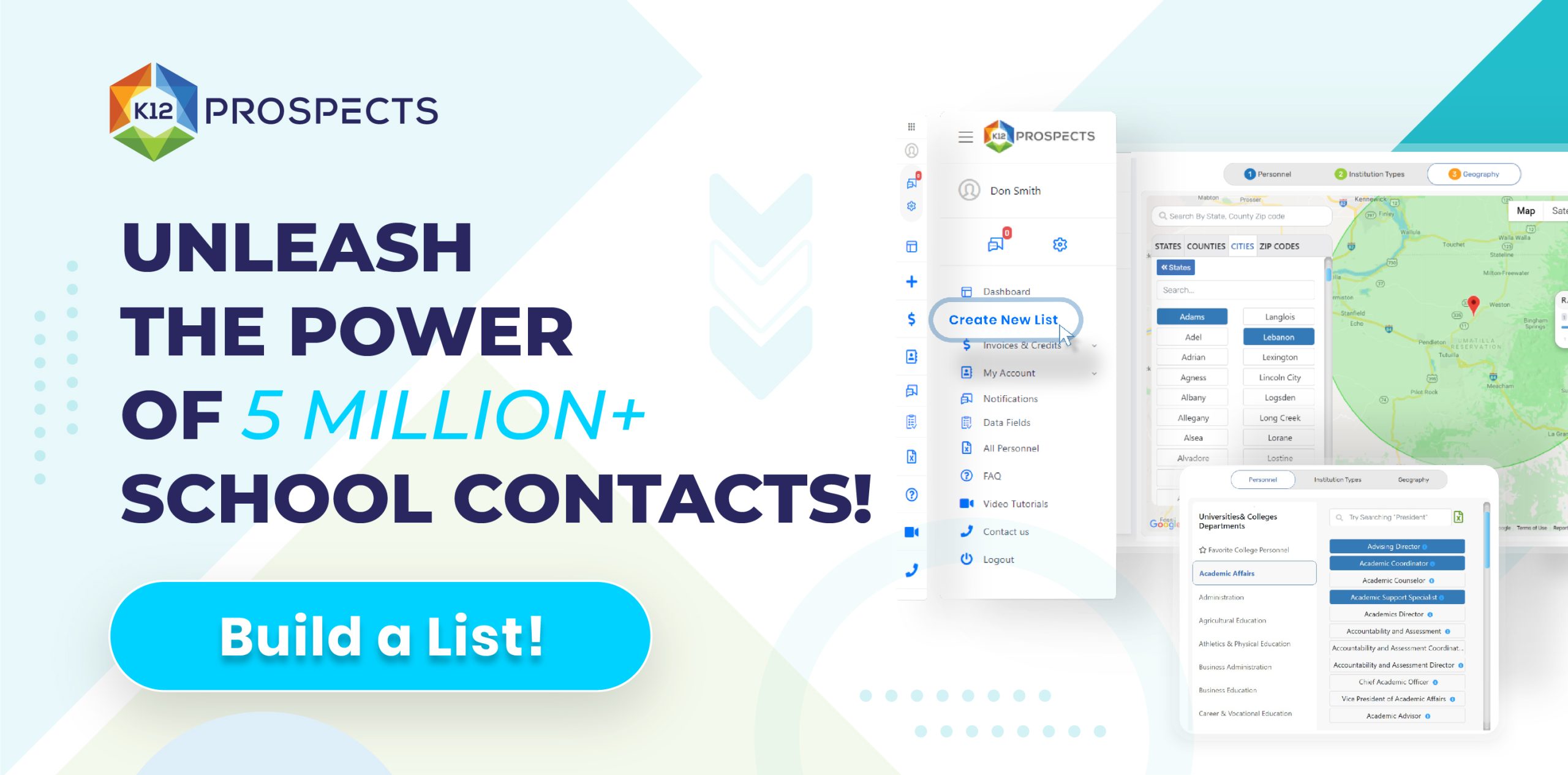Selling EdTech to Schools: Procurement Strategies for Technology Vendors

The demand for educational technology (EdTech) in K-12 schools has increased significantly, but selling to schools remains a complex process. School districts follow strict procurement guidelines, and technology vendors must navigate these regulations while addressing the unique needs of educators and students. This article explores key strategies EdTech vendors can use to successfully sell to schools and districts.
Understanding the School Procurement Process for EdTech
School procurement is a multi-layered process that ensures transparency and fairness in purchasing. Technology purchases, in particular, require additional scrutiny to ensure they align with curriculum goals, data security standards, and budgetary constraints. Vendors must understand the different decision-makers involved in the selection process, including IT directors, curriculum specialists, administrators, and school boards.
Key Challenges and Solutions in Selling EdTech
1. Navigating Long Procurement Cycles
EdTech purchases often take months or even years to finalize due to budget approvals and pilot testing requirements. Schools must evaluate whether the technology aligns with their long-term goals and infrastructure.
Solution:
- Engage with school districts early in their planning cycles to position your solution before budgets are allocated.
- Offer pilot programs or free trials to demonstrate the impact of your product.
- Provide case studies and success stories from other schools to showcase the value of your technology.
2. Compliance with Data Privacy and Security Regulations
Schools are highly sensitive to student data privacy concerns. Regulations such as FERPA and COPPA require vendors to implement strict security measures to protect student information.
Solution:
- Ensure compliance with FERPA, COPPA, and other relevant state regulations.
- Be transparent about data privacy policies and provide schools with security documentation.
- Offer training for school IT staff to help them integrate and manage your technology securely.
3. Addressing Budget Constraints
Many schools operate with limited technology budgets, making it difficult for them to adopt new tools.
Solution:
- Align your pricing model with school budget cycles, offering flexible payment plans if possible.
- Assist schools in identifying grants and funding opportunities to subsidize technology purchases.
- Emphasize the long-term cost savings and learning outcomes associated with your product.
4. Gaining Stakeholder Buy-In
EdTech vendors must win the approval of multiple stakeholders, including teachers, IT directors, and administrators. Each group has different concerns, ranging from ease of use to technical integration.
Solution:
- Tailor your messaging to address the specific concerns of different stakeholders.
- Provide professional development and training to ensure teachers and staff can effectively use your technology.
- Demonstrate alignment with curriculum standards and district goals.
5. Competing in a Crowded Market
With hundreds of EdTech solutions available, standing out from the competition is a major challenge.
Solution:
- Focus on a niche market and highlight what differentiates your product from competitors.
- Offer personalized support and customer service to build strong relationships with districts.
- Showcase real-world success stories and quantifiable impact metrics.
Strategic Approach for Selling EdTech to Schools
To successfully penetrate the K-12 market, EdTech vendors should follow a well-planned strategy that aligns with school procurement processes, stakeholder expectations, and funding opportunities. Here’s how:
- Develop a Value Proposition Aligned with Educational Goals: Ensure your EdTech solution addresses key district priorities such as student engagement, teacher efficiency, and measurable learning outcomes.
- Build Relationships with Decision-Makers Early: Engage with IT directors, curriculum leaders, and administrators well before procurement cycles begin.
- Leverage Pilot Programs to Gain Trust: Many schools prefer testing technology before committing. Offer limited-scale implementations to prove your product’s effectiveness.
- Align with School Budget Cycles and Grants: Position your sales efforts to coincide with the funding availability of districts. Identify relevant grants that schools can use to purchase your product.
- Offer Ongoing Training and Support: Schools value vendors that provide continuous training and customer service. Offering teacher onboarding programs can increase adoption rates.
- Ensure Compliance with Privacy and Security Standards: Schools are required to comply with strict regulations. Address security concerns upfront to remove obstacles in the purchasing process.
- Establish Thought Leadership in the Industry: Speak at education conferences, publish whitepapers, and engage in K-12 networks to position your company as a trusted industry leader.
Best Practices for Selling EdTech to Schools
- Engage Early: Build relationships with decision-makers before budgets are finalized.
- Stay Compliant: Ensure your product meets data security and privacy regulations.
- Demonstrate Value: Provide measurable impact data and case studies.
- Leverage Funding Sources: Help schools navigate grant opportunities and alternative funding.
- Offer Training and Support: Ensure teachers and administrators are equipped to use your technology effectively.
Conclusion
Selling EdTech to schools requires a strategic approach that aligns with procurement guidelines, budget cycles, and educational needs. By addressing common challenges and implementing best practices, technology vendors can successfully navigate the procurement process and establish lasting partnerships with K-12 schools. Taking the time to understand district priorities and compliance requirements will position vendors as trusted partners in the education sector.



